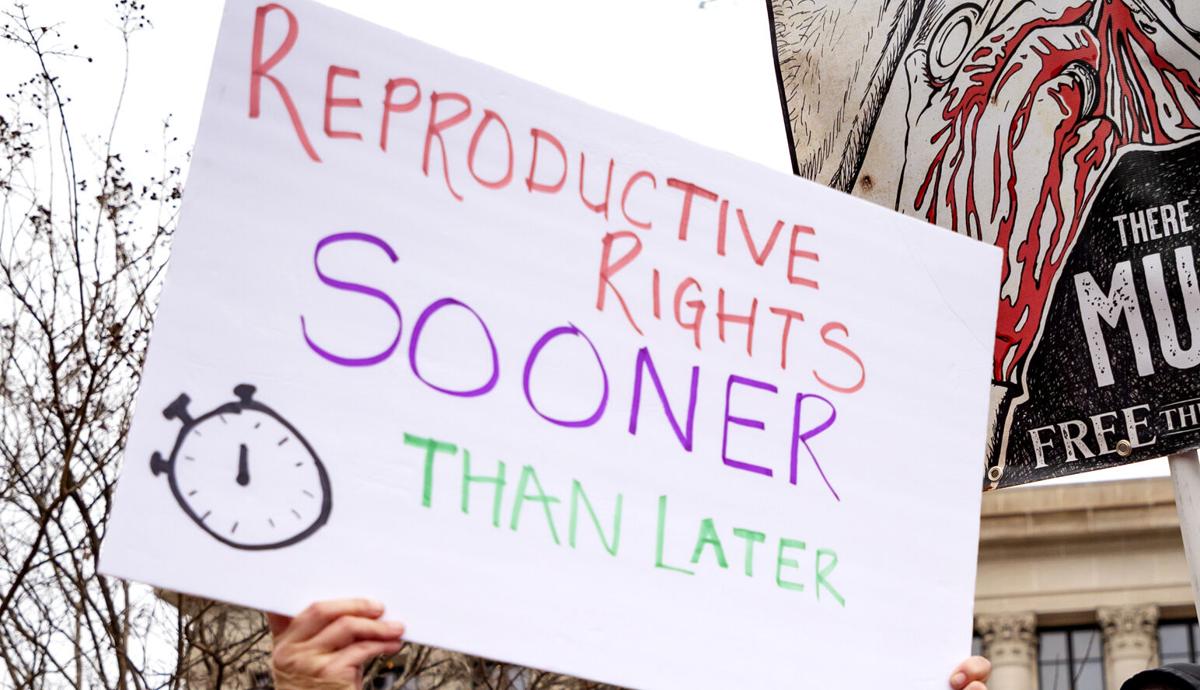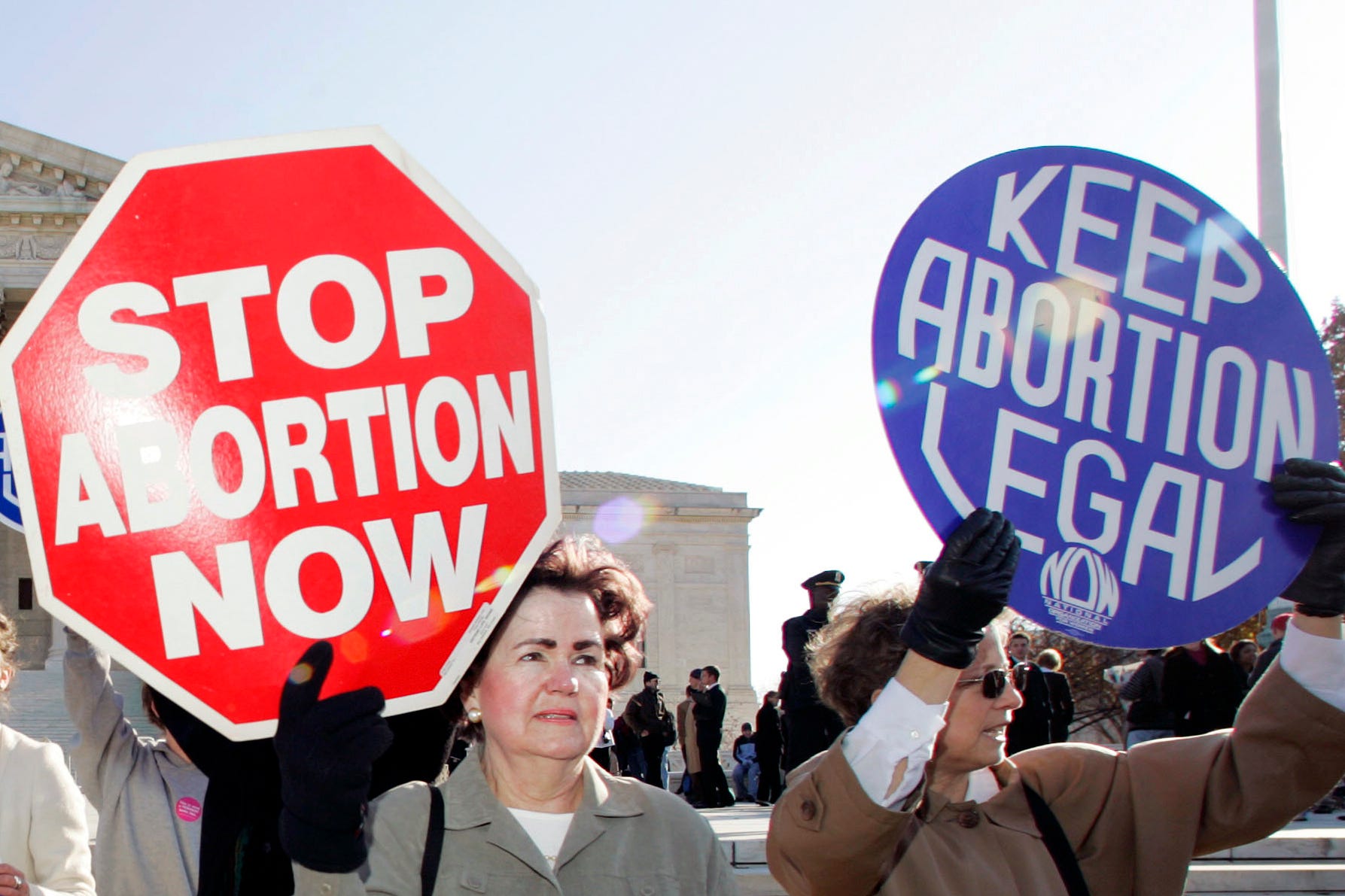The past fifty years have been characterized by an unmistakable trend toward the liberalization of abortion laws, particularly in the industrialized world. Amid the ongoing debate over the procedure, the trend has coincided with a drop in abortion rates worldwide. As nations across the globe have expanded the grounds on which women can access reproductive health services, the quality and safety of abortion care have improved, as has maternal survival.
The Equal Rights Amendment as a Catalyst for Change
Abortion rates are relatively similar between countries with highly restrictive abortion laws and those where the procedure is permitted without restriction, at between 34 and 37 per 1,000 women annually, but the safety of the procedure diverges widely: almost 90 percent of abortions in countries with liberal abortion laws are considered safe, compared with only 25 percent of those in countries in which abortion is banned. The average abortion rate globally has dropped five percentage points since 1994, and up to nineteen percentage points in industrialized countries. According to the World Health Organization (WHO), approximately 8 percent of maternal deaths worldwide are due to complications from unsafe abortions, almost all occurring in developing countries.
Although the legal status of abortion varies considerably by region, almost every country permits abortion under at least some circumstances; globally, only six countries ban abortion entirely. Most industrialized countries allow the procedure without restriction. About 125 countries have some restrictions, typically permitting abortion only in limited situations, including for socioeconomic reasons, risks to the physical or mental health of the woman, or the presence of fetal anomalies.
Access to safe abortion has been established as a human right by numerous international frameworks, the UN Human Rights Committee, and regional human rights courts, including the European Court of Human Rights, the Inter-American Court of Human Rights, and the African Commission on Human and Peoples’ Rights. At the 1994 International Conference on Population and Development in Cairo, 179 governments signed a program of action that included a commitment to prevent unsafe abortion. The WHO first recognized unsafe abortion as a public health problem in 1967, and in 2003 it developed technical and policy guidelines that include a recommendation that states pass abortion laws to protect women’s health. According to the UN Population Fund, addressing the unmet need for family planning would both considerably reduce maternal mortality and reduce abortion by up to 70 percent in the developing world.

How the United States Compares
In the 1970s, the United States became one of the first countries to liberalize its abortion laws, along with several Western European nations. In 1973, the U.S. Supreme Court held in Roe v. Wade that the Constitution guarantees women the right to choose to have an abortion. In 1992, Planned Parenthood v. Casey reaffirmed this right but permitted regulations, such as waiting periods and parental consent requirements.
Since the Casey decision, state laws regulating abortion in the United States have varied widely. A growing number of states have passed legislation to prohibit abortion after just six weeks or to regulate abortion providers, leading to the closure of more than 160 clinics and leaving six states with only a single abortion provider. A law passed in Alabama in May would ban abortion in virtually all cases, with no exceptions for cases of rape or incest; if allowed to take effect, it would render the state home to one of the most restrictive abortion laws in the world.
Recent Trends
The global trend in abortion law has been toward liberalization. Since 2000, twenty-nine countries have changed their abortion laws, and all but one—Nicaragua—expanded the legal grounds on which women can access abortion services. In the past year alone, Ireland legalized abortion by referendum and South Korea’s high court declared the country’s abortion ban unconstitutional. Although most countries have taken steps to expand grounds for abortion, some—including El Salvador, Poland, and the United States—are enacting policies to tighten restrictions.
Where does your country stand on the debate? How about yourself? Share your views in the comments below!

